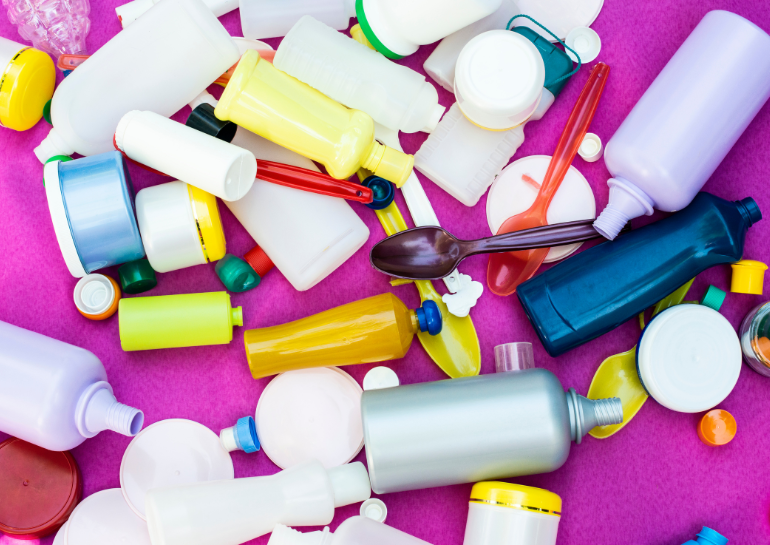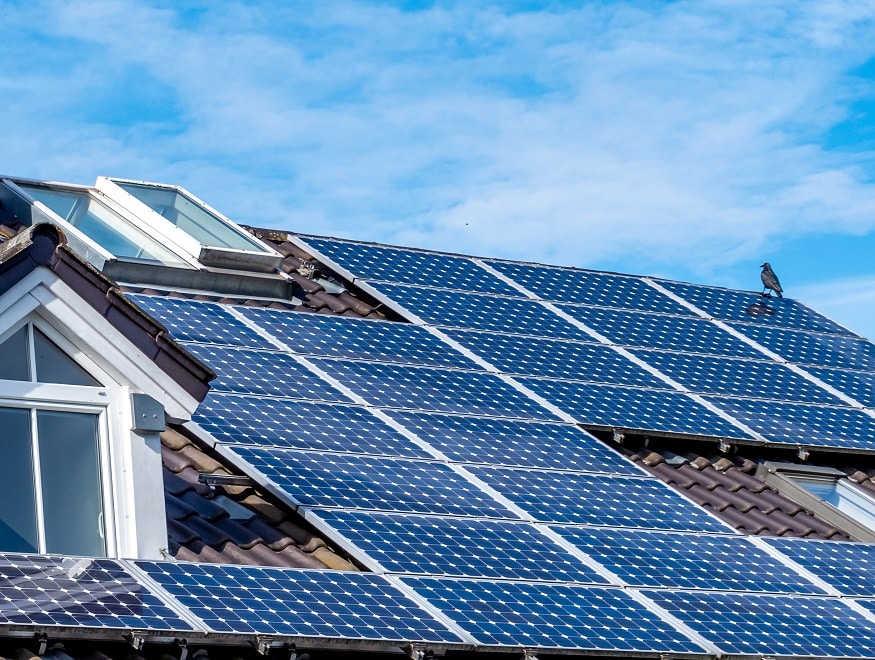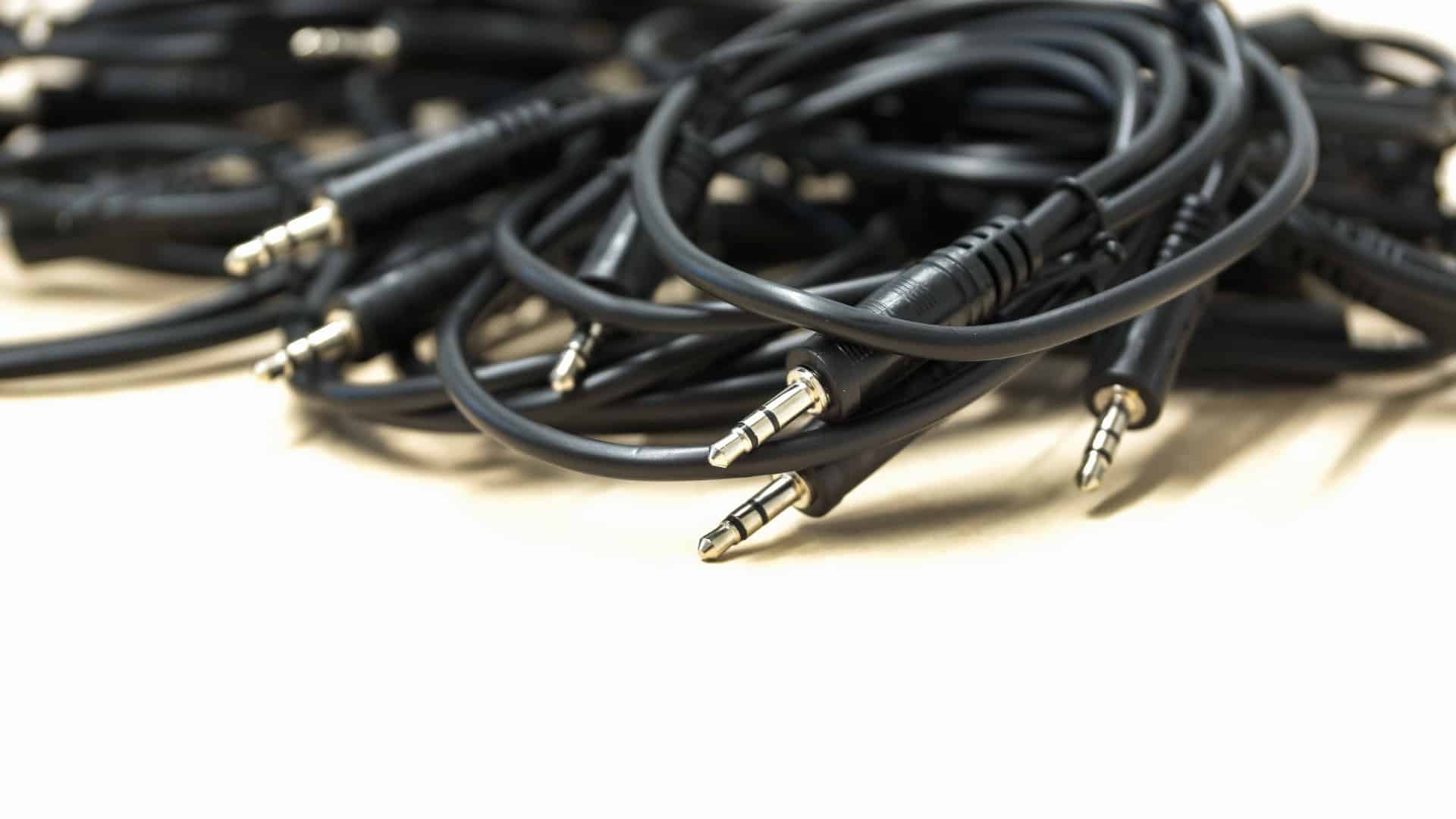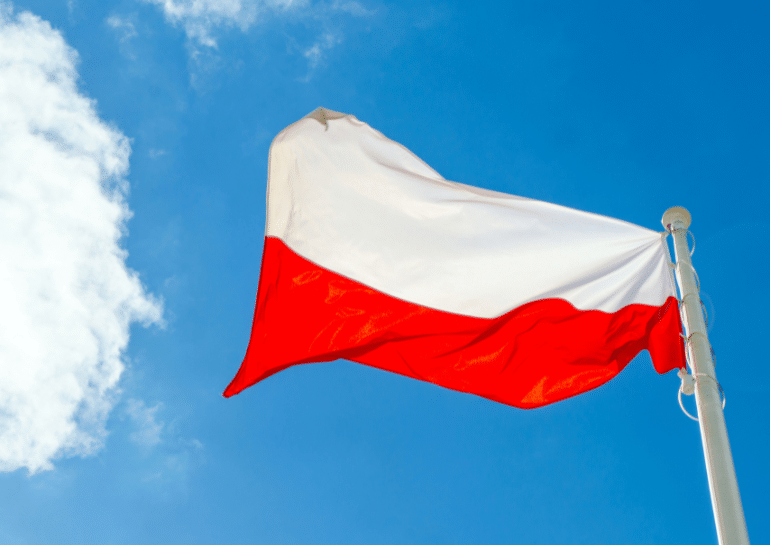The final PPWR decision mandates sweeping changes to packaging design, recycling, and labeling. This guide explains your immediate obligations and the critical deadlines you cannot afford to miss.
For Quick Readers
- The PPWR is legally binding from August 12, 2026, requiring immediate action from all companies to avoid penalties.
- By 2030, all packaging must be at least 70% recyclable by weight, and plastic packaging must meet specific recycled content quotas (e.g., 30% for PET).
- A conformity declaration and technical documentation will be mandatory for every packaging type placed on the market from August 2026.
PPWR Decision: Act Now on New EU Packaging Rules to Avoid 2026 Penalties
The final PPWR Entscheidung, or PPWR decision, establishes a new, strict regulatory landscape for every company placing packaged goods on the EU market. Replacing the previous directive, this regulation introduces uniform rules across all 27 member states to combat the 180 kg of packaging waste generated per person annually. Key mandates include ambitious waste reduction targets, stringent recyclability criteria, and mandatory use of recycled content. For businesses, this requires an immediate and thorough review of their entire packaging lifecycle. The time for observation is over; proactive implementation is now essential to ensure compliance and maintain your position in the market. If you have not yet started, you must act now. Contact Deutsche Recycling to navigate these complex requirements and ensure your business is fully compliant.
The PPWR (Packaging and Packaging Waste Regulation) creates a single set of rules for all 27 EU member states, becoming fully binding on August 12, 2026. This regulation replaces the old directive 94/62/EC and requires no national transposition, meaning its rules apply directly to your business. The core objective is to reduce overall packaging waste by 5% by 2030, compared to 2018 levels. For companies, this decision requires immediate action, as all packaging must undergo a conformity assessment before being placed on the market after this date. This new legal framework makes understanding your obligations under the Packaging and Packaging Waste Regulation more critical than ever.
The regulation’s impact extends across your entire value chain, from material sourcing to product delivery. A crucial change is the introduction of mandatory conformity declarations for every packaging type, a requirement starting from day one of its application in 2026. This documentation proves your packaging meets all new legal standards. The transition period of just 18 months from its entry into force is short, given the complex changes required in design, sourcing, and reporting. Therefore, companies must begin their compliance journey immediately to meet these foundational requirements.
Understanding the Final PPWR Decision and Its Immediate Impact
A central pillar of the PPWR decision is the mandate that 100% of packaging on the EU market must be recyclable by 2030. The regulation defines ‘recyclable’ with a new level of precision: a package must achieve a performance grade of at least ‘C’, meaning a minimum of 70% of its weight can be effectively recycled. This requirement forces a fundamental shift away from complex, multi-material packaging toward mono-material designs that simplify sorting and reprocessing. This is a significant challenge, as many common packaging formats currently do not meet this 70% threshold.
To comply, your business must re-evaluate every component of its packaging. The following design principles are now mandatory:
- Component Separability: Lids, labels, and containers must be easily separable by consumers or recycling facilities.
- Material Choice: Prioritize materials with established, at-scale recycling streams across the EU.
- Avoidance of Contaminants: Inks, adhesives, and additives that hinder the recycling process must be eliminated.
- Performance Grades: Packaging will be graded from A to C on its recyclability, directly impacting its legality on the market.
Furthermore, the recyclability threshold will tighten in 2038, when packaging must be 80% recyclable by weight to remain on the market. These design shifts are not optional and require immediate attention to ensure your products are not banned from sale. The path forward involves a deep dive into your PPWR labeling duties to ensure transparency.
Mandatory Design for Recycling: Meeting the 2030 Standards
The PPWR Entscheidung introduces, for the first time, legally binding minimum quotas for post-consumer recycled (PCR) content in new plastic packaging, effective from 2030. For instance, contact-sensitive packaging made from PET must contain at least 30% recycled content. Other plastic packaging types, such as beverage bottles, will need to meet a 35% target. These quotas are designed to create a stable, long-term market for recycled materials and reduce the industry’s reliance on virgin plastics.
These targets will increase significantly by 2040, with the quota for most plastic packaging rising to 65%. This creates an urgent need for companies to secure reliable, long-term supplies of high-quality PCR materials, which are already in high demand. The calculation of these quotas will be averaged per manufacturing plant annually, demanding robust data tracking and reporting systems. Businesses must act now to audit their supply chains and forge new partnerships to meet these recycled content requirements. The failure to secure sufficient recycled material will directly impact your ability to legally sell your products in the EU.
Recycled Content Quotas: A New Reality for Plastics
The regulation takes direct aim at excessive packaging with two key measures. First, it sets a maximum void space ratio of 50% for all transport and e-commerce packaging starting in 2030, effectively banning oversized boxes filled with air. Second, it introduces bans on certain single-use plastic formats, including those for fresh fruits and vegetables under 1.5 kg and miniature toiletry bottles in hotels. These rules compel businesses to optimize packaging design and logistics to use the absolute minimum material necessary.
In addition to reduction, the PPWR decision mandates a shift toward reusable systems. Here are some of the binding targets:
- E-Commerce Transport: 10% of transport packaging must be reusable by 2030, rising to 40% by 2040.
- Beverages: 10% of takeaway beverages must be sold in reusable or refillable containers by 2030.
- Large Appliances: 90% of packaging for large household appliances must be reusable by 2030.
These targets require many companies to develop entirely new business models, including reverse logistics and deposit-return schemes. Understanding your obligations under the German Packaging Act is a first step, but the PPWR expands these duties significantly.
Minimization and Reuse: Tackling Unnecessary Packaging
Starting August 12, 2028, the PPWR decision mandates harmonized labeling across the EU to inform consumers about packaging characteristics and proper disposal. These labels will provide clear information on material composition and reusability. A separate label will indicate the correct waste bin for disposal, aiming to improve sorting quality and boost recycling rates by at least 10%. Many of these labels will be supplemented by a QR code, linking to more detailed compliance information.
This requirement means a complete overhaul of packaging artwork and data management for nearly every product sold in the EU. Companies must have systems in place to manage and provide the data for these QR codes, which includes details on recycled content and recyclability performance. This level of transparency is unprecedented and requires you to begin redesigning your packaging and data infrastructure now. For a complete picture, explore our guide on Extended Producer Responsibility in the EU.
New Labeling and Information Duties: Ensuring Transparency
The deadlines imposed by the PPWR decision are aggressive, and the transition requires more than 18 months for most companies. Non-compliance will lead to severe penalties, including fines and sales prohibitions across the entire EU market. Waiting is not a viable strategy. You must take decisive action now to protect your business and ensure a smooth transition.
Here is a checklist for immediate action:
- Conduct a Portfolio Audit: Analyze every piece of your current packaging against the new recyclability, recycled content, and minimization requirements.
- Engage Your Supply Chain: Start conversations with suppliers about sourcing compliant materials, especially high-quality recycled plastics.
- Prepare for Documentation: Establish a process to create and manage the technical documentation and conformity declarations required for every package from August 2026.
- Redesign Packaging and Labels: Begin the process of redesigning packaging to meet the 70% recyclability threshold and incorporate the new mandatory labels.
The single most important step is to start today. The complexity of these changes cannot be overstated. To ensure you meet every deadline and fulfill all obligations of the PPWR decision, contact the experts at Deutsche Recycling for a comprehensive compliance analysis and strategic plan. We provide the latest PPWR updates to keep you informed.
Act Now: Your Immediate Compliance Checklist
FAQ
What is a PPWR conformity declaration?
It is a mandatory self-declaration that a manufacturer or importer must issue for each packaging type, confirming it meets all relevant requirements of the PPWR (e.g., recyclability, minimization, substance restrictions). This will be required from August 12, 2026, and must be supported by detailed technical documentation.
Do the PPWR rules apply to e-commerce businesses shipping to the EU?
Yes, absolutely. Online retailers, including those outside the EU shipping to customers within it, are fully responsible for the compliance of their packaging. This includes meeting rules on recyclability, void space (max 50% from 2030), labeling, and fulfilling Extended Producer Responsibility (EPR) obligations.
How does the PPWR define ‘recyclable’?
Under the PPWR, a package is considered ‘recyclable’ if it is designed for material recycling and can be collected, sorted, and recycled at scale. From 2030, this means at least 70% of the packaging’s weight must be recyclable through established processes, a figure that rises to 80% in 2038.
Are there exceptions for small companies?
The PPWR includes potential exemptions for companies that place very small quantities of packaging on the market (e.g., under 1 tonne per year) from certain reuse targets or EPR fee modulation. However, core requirements like recyclability by design and packaging minimization apply to all companies.
What is the first step my company should take to prepare for the PPWR?
The first and most urgent step is to conduct a comprehensive audit of your entire packaging portfolio. You must assess each package against the new PPWR criteria for recyclability, recycled content, and minimization. This analysis will reveal your compliance gaps and form the basis of your action plan. Contact Deutsche Recycling to get started on this critical process immediately.
How does Deutsche Recycling help with PPWR compliance?
Deutsche Recycling offers a full suite of services to ensure you meet all PPWR obligations. We conduct a detailed analysis of your packaging, create a strategic roadmap for compliance, assist in sourcing compliant materials, manage the creation of technical documentation, and handle your EPR registrations and reporting across the EU. We make your business compliant so you can focus on your core operations.
More Links
European Commission provides information on packaging waste and recycling.
European Parliament and Council present Regulation (EU) 2025/40 concerning batteries and waste batteries.
German Federal Ministry for the Environment outlines the German law on the placing on the market, taking back, and high-quality recycling of packaging (VerpackG).
German Environment Agency offers information on the Packaging Act (VerpackG).
German Environment Agency provides data on the recycling and disposal of packaging waste in Germany.
German Environment Agency includes a press release stating that packaging consumption decreased and the recycling rate increased in 2022.
European Commission offers details on the Circular Economy Action Plan.
European Commission features news regarding new rules for a sustainable and competitive packaging economy (February 2025).






